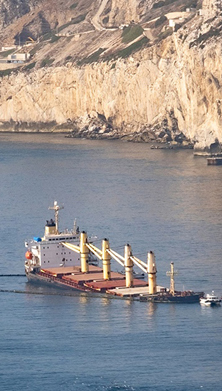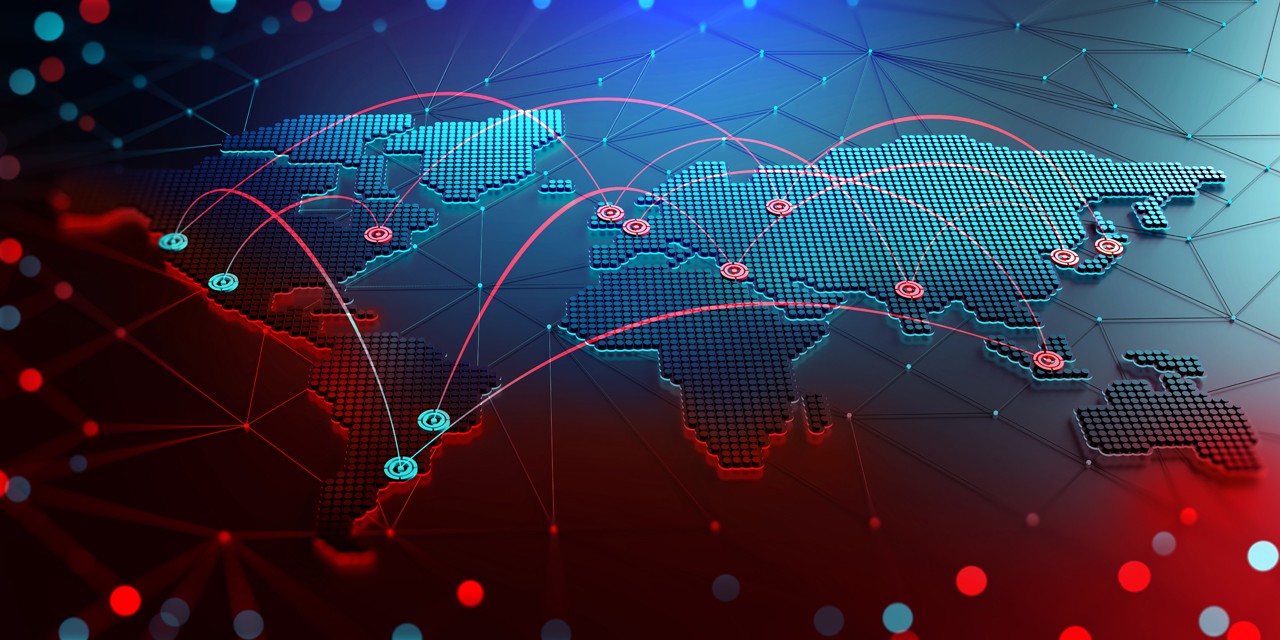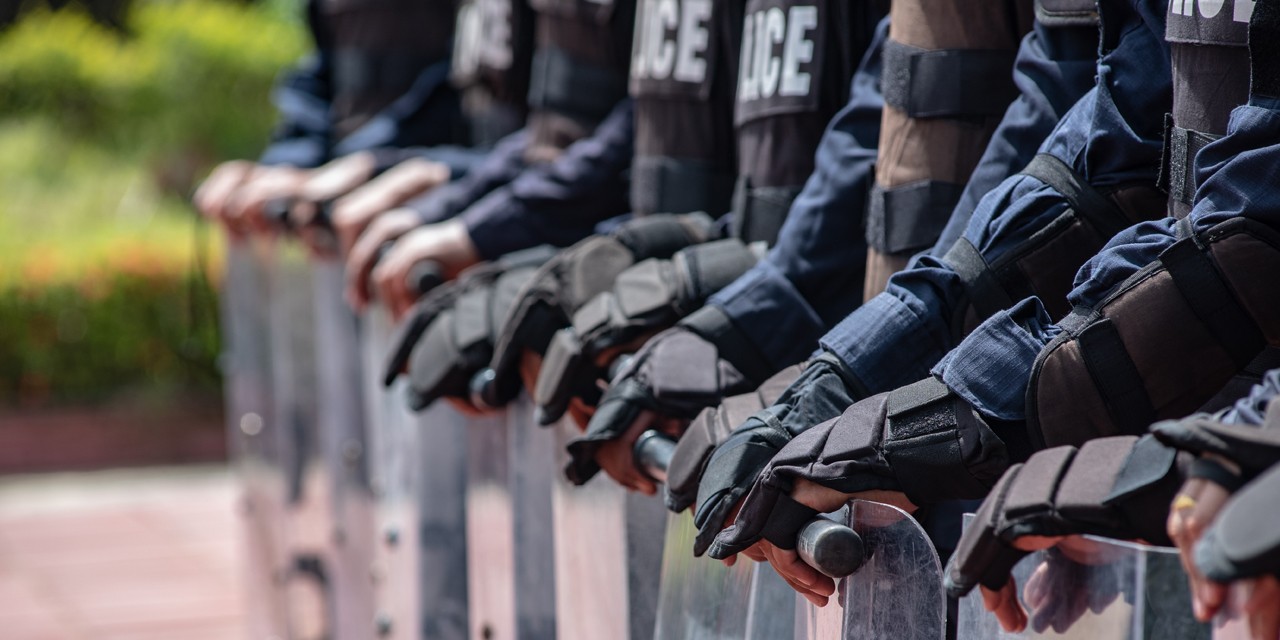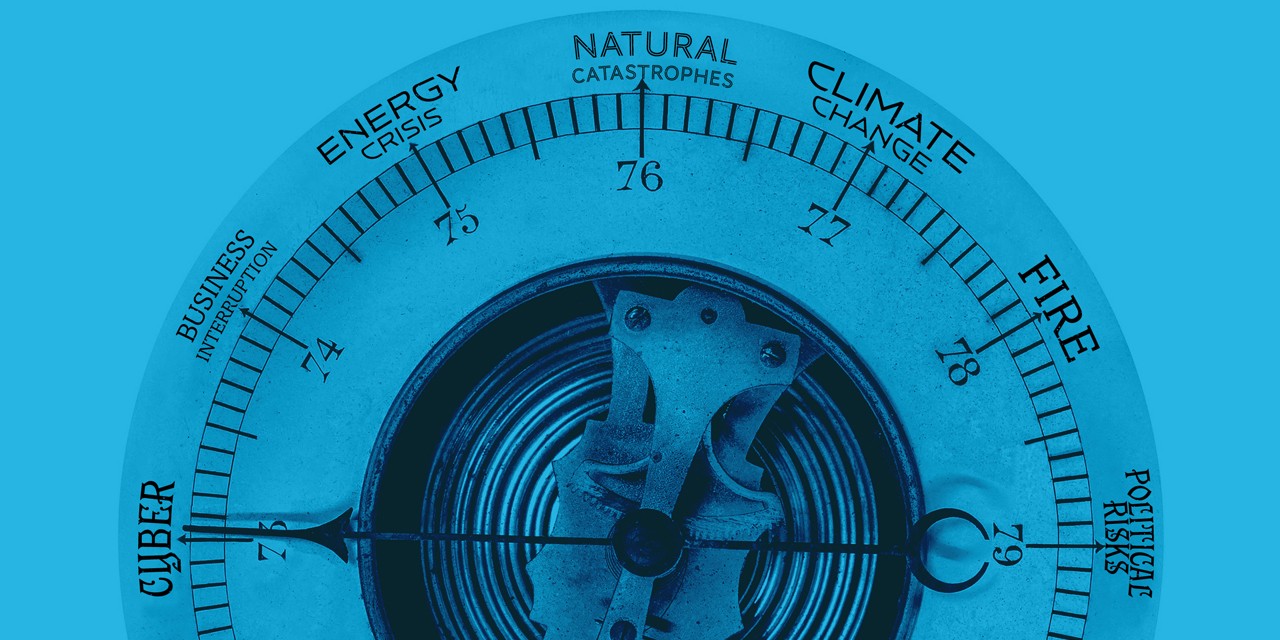- Modern slavery is a billion dollar illicit business, that has immense costs on public coffers and immeasurable emotional tolls on victims.
- Increasing regulations and efforts from both the public and corporate spheres indicate a positive trend in monitoring and disclosure on modern slavery approaches.
- This risk briefing will focus on global efforts to tackle the subject, highlighting some of the key policies, guidelines and best practices.
Key findings
Introduction - Modern slavery

Across the globe, modern slavery presents itself in many forms. It is widely regarded as an institutional form of slavery that exists today, and is an overarching term for a variety of Human Rights violations. Some of the most common forms of modern slavery are forced or coerced labor, child labor, sexual exploitation, and forced marriage. This risk briefing will primarily focus on forced or coerced labor and child labor. They are defined by ILO as:
- Forced Labor – “all work or service which is exacted from any person under the threat of a penalty and for which the person has not offered himself or herself voluntarily.” This threat of penalty can be understood in different ways. Violence and intimidation can be a more direct method of coercing a person, however more subtle means can also be used. It can be the case that the victim’s identity cards may be withheld from them, work conducted to pay off a debt that can never actually be paid off (otherwise known as bonded labor), or they can be threatened with deportation or disciplinary actions from the immigration authorities.
- Child Labor – “child labor is often defined as work that deprives children of their childhood, their potential and their dignity, and that is harmful to physical and mental development.” While what is considered child labor can often differ between countries, given different regulations on minimum working age requirements, ILO has set out that countries should strive to end the worst forms of child labor, and has set minimum standards on age.
Modern slavery is a lucrative business for those perpetrators. One study conducted by ILO in 2014 estimates it brings in around $150 billion a year in illicit profit. However, this industry also puts an immense pressure on public funds. A 2018 study conducted by the Government of the United Kingdom estimated that the cost the country faces due to modern slavery is up to 4.3 billion pounds per year, with one incident of the offense costing more than 300 thousand pounds. This high cost is related to the support given to the victim, the cost of law enforcement used and lost earnings. While the monetary cost to the public is high, the emotional toll it takes on the victims is unfathomable. People who experienced slavery are among the most economically deprived and socially marginalised people.
Often people look to developing countries to point the fingure and say that it is a problem in a faraway area. However, modern slavery is a problem that faces many industries across all countries. Previous risk briefings have highlighted some examples of hidden forced labor in developed countries, with a specific focus on the construction industry. This risk briefing will focus on global efforts to tackle the subject, highlighting some of the key policies, guidelines and best practices. Modern slavery and it’s forms are a truly global problem that require a global response from both the public sector and the corporate sector.
Growing importance of the subject – regulation and disclosures
Addressing modern slavery in both the private and public sectors has been a subject for many years. One of the main international organizations that is tackling the issue at the state level is the ILO. In 1998, ILO set out the Declaration on Fundamental Principles and Rights at Work (1998). The fundamental principles are comprised of eight previous conventions, grouped into four topics. They set out the basic preconditions that all States should strive towards to improve the individual and collective conditions to work. The four groupings are:
- Freedom of association and the effective recognition of the right to collective bargaining
- The elimination of all forms of forced or compulsory labor
- The effective abolition of child labor
- The elimination of discrimination in respect of employment and occupation.
With regards to modern slavery, ILO primarily address this through “the elimination of all forms of forced or compulsory labor” and “the effective abolition of child labor”.
Forced Labor conventions
The first of two fundamental conventions stretches back to the 1930’s with the ILO Forced Labor Convention, 1930 (No. 29). This convention set out the globally understood definition of forced or compulsory labor, highlighted those forms of labor that are out of scope of the definition, and stated that those which illegally exact forced labor are to be punished with a criminal offence, with it being the duty of those who ratify the convention to ensure that these penalties imposed by law are adequate and enforced. This convention has been almost universally accepted and ratified.
To supplement this convention, another one was created in 1957 called the Convention concerning the Abolition of Forced Labor, 1957, (No. 105). The primary purpose of this convention was to prohibit forced labor as a punishment for participating in strike, and to prohibit forced labor as a means of racial, social, national or religious discrimination.
Child labor conventions
In 1973, ILO adopted the first convention to try to address child labor. The so-called “Minimum Age Convention (No. 138)” set out the conditions on which member States should set up progressive minimum working age requirements as to not impede on the physical and mental development of a child. The convention also stipulates that countries should not set the age below the age of 15, and 18 for work that could be considered harmful to the child. Some stipulations could allow countries to set the minimum age at 14, however this is limited to those countries that have insufficiently developed economic and educational facilities.
The second convention addressing child labor was adopted in 1999 titled “Worst Forms of Child Labor Convention (No. 182)”. This convention requires that countries shall immediately take measures to abolish the worst forms of child labor, and applies to all children under the age of 18. This convention is the first one in the history of ILO to have been ratified by all 187 member countries, after Tonga did so in August 2020.

These conventions are mainly focused at the state-level and what governments should do to address these problems in their nations, but are rather quiet on what businesses should do. While businesses also commit to ILO conventions as well, they do not provide much guidance for companies. In recent years, there has been more integrated approaches to addressing human rights in both the public and private sectors.
In 2011, the United Nations (UN) Human Rights Committee unanimously voted to adopted the UN Guiding Principles on Business and Human Rights (UNGP). This Framework recognizes that there is a joint duty or responsibility for States and Business to address human rights. For States, they have a duty to protect those who fall under their jurisdiction from business-related human rights abuses and to ensure that victims have access to appropriate remedy solutions. For businesses, this means, “companies must know their actual or potential impacts, prevent and mitigate abuses, and address adverse impacts with which they are involved. In other words, companies must know—and show—that they respect human rights in all their operations.”
This guideline strongly encourage States around the world to adopt so called National Action Plans (NAPs) on business and human rights, in order to promote the implementation of the UNGP. According to the Danish Institute for Human Rights, 24 countries have thus far adopted a NAP in line with the UNGP. There has been a particularly strong implementation in Europe, with 18 of the 24 countries to have published a NAP located on the continent. Those outside of Europe who have published a NAP include the USA, Colombia, Chile, Thailand, South Kora and Georgia. Currently, 16 other countries, including some which have a history of forced and child labor problems, are at various stages of the implementation process. These included countries such as India, Indonesia, Mexico, Pakistan, Liberia, and Kenya, among others.

Taking a closer look at the German NAP, the Federal Government expects corporations to do better in terms of their human rights due diligence. They have set out five core elements that every company should implement in their due diligence, this includes releasing a human rights statement, implementing procedures for identifying actual and potential adverse impacts on human rights, measures to ward of potentially adverse impacts and to monitor these measures, reporting on human rights and the company's measures, and establishing a grievance mechanism.
A number of efforts have been adopted to eradicate forced labour and modern slavery in the UK. Legislative efforts include the UK Modern Slavery Act from 2015 (revised in 2018), which established offences relating to slavery, forced or compulsory labour as well as human trafficking. The regulation requires businesses to make an annual public statement on their actions to address modern slavery risks in their operations and supply chains.
A key challenge for companies falls within the steps of identifying actual and potential adverse impact on human rights and monitoring these, especially further down the supply chain. Through complex supply chains, large manufacturing companies have an obligation to address human rights not just in their base countries, but through their subsidiaries and their supply chains. In recent years, there has been a considerable effort to address human rights and modern slavery. One such industry that has a particularly long history of modern slavery is in apparel and sporting goods. However, some of the world’s largest companies in this industry have recently made considerable efforts to address human rights in their business and supply chains.
Best practice examples from the apparel and sporting goods industry

In recent years, with the support of industry-wide initiatives and regulatory pressure, companies have begun to implement human rights policies and perform human rights due diligence all along their supply chains. One best practice example comes from a German sporting goods company. The company has a comprehensive approach to addressing human rights throughout the organization. Their approach is one that is centered around due diligence and human rights risk assessments. The company conducts on an annual basis country risk assessments where it focuses on salient human rights issues with the country and gives them a ranking. These assessments involve a wide range of stakeholders, who’s results dictate their priorities and strategies to prevent and mitigate these risks, particularly within the supply chain. These country assessments primarily drive their audit review of suppliers and factories for the coming year.
Their all-around approach tries to address every aspect of the business, from sourcing materials from new suppliers, to engaging with existing ones. They have a system in place by which to engage with companies who violate their policies to try and remediate the issues, or to remove suppliers when remediation is not seen as a viable option. Their complete process is tracked and improved upon through periodic audits and annually third party audits. Their approach is quite transparent through annual reporting, also publishing a series of key performance indicators that cover various aspects of their approach.
This German example is only one of how companies in apparel, sporting and luxury goods industries are trying to address modern slavery. These companies are often supported by industry wide initiatives who assist them with further guidance or third party auditing and give out certifications, such as the Better Cotton Initiative, the Fair Labor Association and Better Work.
Conclusion
Mitigating modern slavery is a topic for all companies, regardless of the industry. While Allianz has a low risk exposure to modern slavery in our own operations, we can be exposed via our client portfolio. This may lead to the reputational risk for Allianz brand or damage, if a client is involved in such practices. Therefore, Allianz takes the matter very seriously, and has made due diligence on the subject a key part of the underwriting process.
By becoming more transparent on the issue, our clients can also benefit from this. Through taking action on modern slavery, this can reduce liability exposures, enhance public and brand reception, and / or prevent or repair previous reputational damage in those clients, who have faced such problems in the past. By collaborating with our clients and brokers, we can raise awareness of the benefits of addressing modern slavery, while also building up expertise on the issue to help others as well.
As mentioned in the beginning, modern slavery is a global issue that requires all parties to work together. A joint approach to addressing human rights in non-life insurance has already made fruition through the new PSI Guidance for non-life insurance. This guidance provides various examples of risk mitigation and good practices, rates different sectors and so forth.
Within Allianz, the Group-level ESG guidelines for sensitive business sectors supports our underwriters to identify human rights issues in our insurance portfolio across all sectors. At AGCS, we support our underwriters and clients to identify and assess the material ESG issues and develop recommendations on how to mitigate these risks. To find out more information on our approaches, please see the ESG Integration Framework and the Allianz Sustainability Report.
The role of AGCS
AGCS supports its clients to identify and assess material risks and develops recommendations on how to mitigate these risks. In a fast changing world, AGCS identifies emerging issues and develops risk management strategies.
Our consulting team is available at: AgcsSustainability@allianz.com
We are dedicated to deliver the best possible solutions to the management, control and reduction of ESG risks.
The author
ESG Business Analyst
Allianz Risk Consulting – ESG Business Services
References
https://www.theguardian.com/news/2019/feb/25/modern-slavery-trafficking-persons-one-in-200
https://www.antislavery.org/slavery-today/modern-slavery/
https://www.ohchr.org/Documents/Publications/GuidingPrinciplesBusinessHR_EN.pdf
https://www.globalslaveryindex.org/2018/findings/highlights/
https://www.ilo.org/global/publications/books/WCMS_575479/lang--en/index.htm
https://globalnaps.org/issue/forced-labor-modern-slavery/
https://www.ilo.org/dyn/normlex/en/f?p=NORMLEXPUB:12100:0::NO::P12100_ILO_CODE:C029
https://www.ohchr.org/Documents/Issues/Business/Intro_Guiding_PrinciplesBusinessHR.pdf
https://www.hrw.org/news/2020/08/05/historic-commitment-end-worst-forms-child-labor
https://www.institut-fuer-menschenrechte.de/en/topics/business/textiles/
Allianz Group companies
AGCS offices
Newsletter
Keep up to date on all news and insights from AGCS















